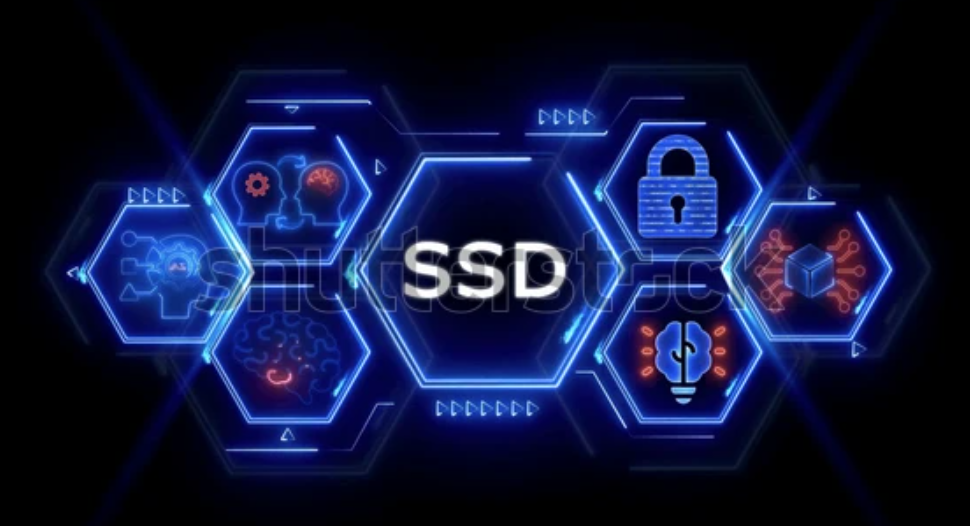Flash Storage Solutions for Embedded Designs
High Reliability Flash SSDs, Cards and Modules for Industrial Applications

 Posted by Biraj Jamalayam on Tuesday, 25 Nov 2025
Posted by Biraj Jamalayam on Tuesday, 25 Nov 2025
This article explains how modern Solid State Drives protect data through advanced encryption and dedicated security technology.

Data encryption transforms readable information called plaintext into scrambled data called ciphertext. Without the proper decryption key, the information is useless. Decryption reverses this process and requires a secret key, and often a password. When encryption works alongside secure protocols, it forms one of the strongest defenses for sensitive information.
1. Symmetric Encryption
• Uses one key for both encryption and decryption.
• The same key must be shared by both sender and receiver.
• Example: AES.
2. Asymmetric Encryption
• Uses a public key to encrypt and a private key to decrypt.
• The public key can be shared freely.
• Only the intended recipient has the private key needed to open the data.
• Example: When your phone sends encrypted information to a bank server.
Both categories protect data in transit and data stored on devices. When used on SSDs, encryption keeps information safe even if the physical drive is lost or stolen.
Advanced Encryption Standard (AES)
• Symmetric block cipher.
• Used by the U.S. government for classified data.
• Works on 128-bit blocks.
• Versions include AES-128, AES-192, and AES-256.
• Higher key length means more rounds of encryption and stronger protection.
Triple Data Encryption Standard (3DES)
• Symmetric cipher that evolved from DES.
• Encrypts data three times using three 56-bit keys.
• Much slower than AES and being phased out, though still used in some financial systems.
RSA
• Asymmetric public-key algorithm.
• Security comes from the difficulty of factoring large prime-based numbers.
• Often uses 1024-bit or 2048-bit keys.
• Strong but slower than AES.
Category: